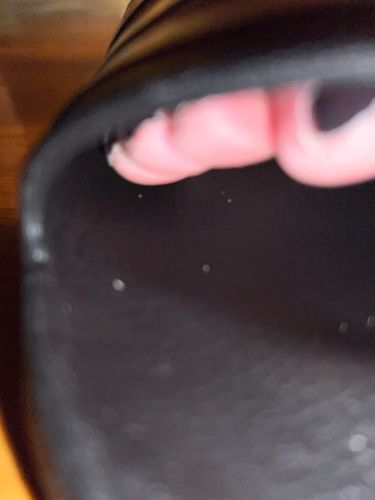Dust Mite
Scientific Name: Dermatophagoides spp.
Order & Family: Acariformes, Pyroglyphidae
Size: 0.2 - 0.3 mm (microscopic)

Natural Habitat
Human dwellings, especially in bedding, upholstered furniture, and carpets. They thrive in warm, humid environments.
Diet & Feeding
Dead human skin cells (dander), as well as pet dander, fungi, and pollen.
Behavior Patterns
Dust mites are microscopic arachnids that are invisible to the naked eye. They do not bite or sting but are a significant source of indoor allergens. They reproduce quickly, with a life cycle of about 1-2 months, and their populations can reach millions in a single home.
Risks & Benefits
Potential risks: Their fecal pellets and shed exoskeletons are potent allergens that can trigger asthma, allergic rhinitis, eczema, and other allergic reactions in sensitive individuals. They do not pose direct health risks via bites or disease transmission. No known direct benefits to humans or the ecosystem, but they are part of the decomposer community in indoor environments.
Identified on: 10/30/2025